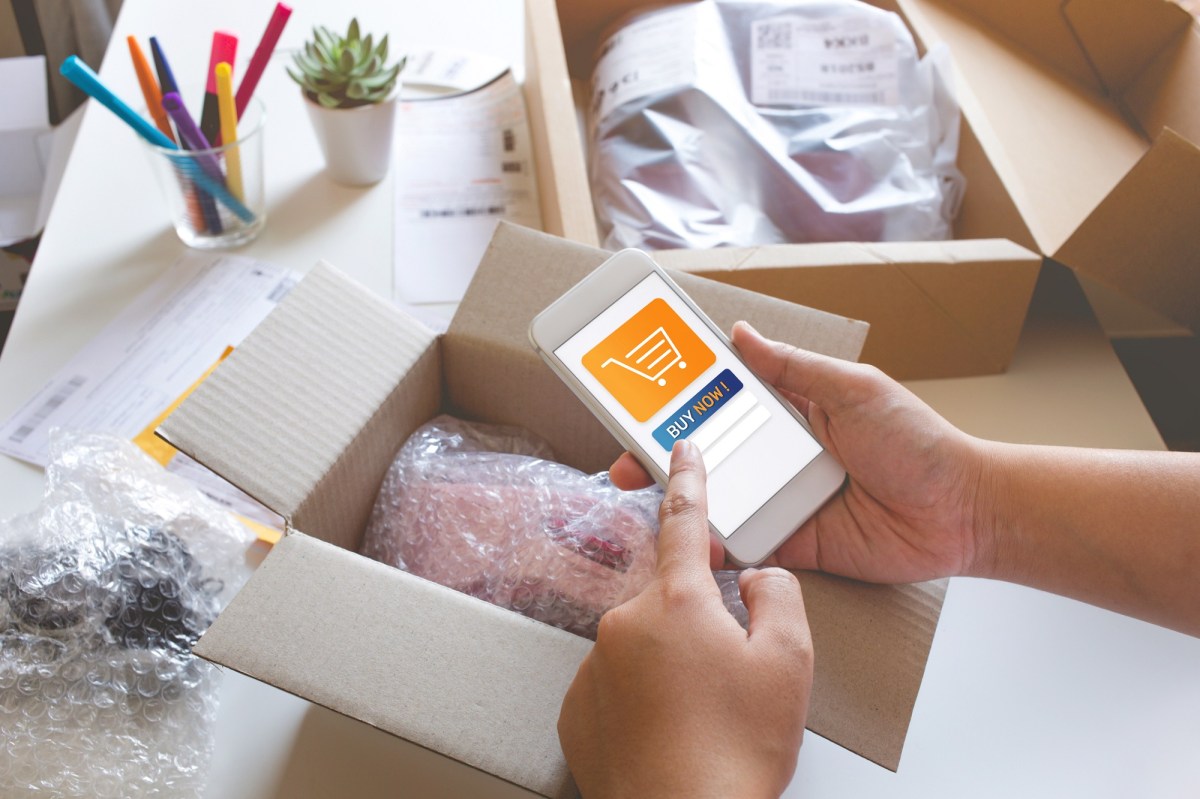A new report from PayPal suggests that due to COVID-19, this Christmas is set to be the biggest year ever for online sales in Australia, with online sales expected to almost double compared to previous years. This is a year-on-year increase of 90 percent. Meanwhile, shopping in-store is set to decrease, with Aussie consumers saying they plan to do only half (52 per cent) of their Christmas shopping in-store.
Christmas and Boxing Day sales typically mean long queues and stacks of shoppers battling to score the best bargains. But given we’re still in the midst of a pandemic, it will come as no surprise that Christmas shopping in 2020 is set to look a little different this year.
With just a couple of weeks until Christmas Day, marketing is already in full swing for many retail brands. But with COVID-19 and the need for social distancing, customers are more reluctant to shop in-store in order to avoid crowds of people.
Given this consumer shift away from visiting physical stores, there is no better time to for brands to focus on e-commerce. Retailers need to prepare adequately for ‘digital-first’ Christmas shopping, or risk losing customers to digitally savvy competitors.
So how can brands optimise their e-commerce sites and make the most of Christmas and Boxing Day sales this year?
1. Lead with data
With more and more shoppers flocking online, brands have the opportunity to use the customer data being collected to their advantage to maximise sales. However, for e-commerce to reach its full potential it’s vital for brands to make sure customer data isn’t sitting in separate siloes, but rather centralised into a single bucket.
Centralised customer data makes for easier analysis and will help brands to gain a better insight into the actions of their customer base in previous years. Brands can then look to leverage their customer, sales, and product data to identify and target specific, unique segments that will respond to the Christmas promotions they are running.
2. Choose the right channels
Having an online approach requires more than having a good website. A multichannel approach is needed if brands are to cut through the noise and be heard by customers.
As consumers look to take advantage of recently opened state borders being opened up, the likely rise in interstate travel over the Christmas holidays means having a mobile-optimised website to engage with on-the-go shoppers is more important than ever.
Over the past few years, we have also observed the growing convergence of social media and online retail platforms and Instagram’s new shop tab is a prime example of social commerce where social media and retail are amalgamated via a single platform. This phenomenon highlights the importance of thinking beyond the traditional retailer website when curating brand experiences. A successful omnichannel retail strategy must take into account multiple marketplaces and ensure all customers, regardless of platform, are nurtured and valued.
3. Invest in the in-store experience
For many brands, physical stores are where they traditionally make most of their profits. Retailers should consider how to continue to encourage shoppers in-store, in a COVID-safe way. For instance, by offering bigger discounts for customers who click-and-collect, brands can maximise sales and reach the customers who don’t want an entirely online experience.
Other retailers are experimenting with “virtual in-store experiences”, as a way to maintain relationships with customers who are missing the traditional shopping experience. Mecca Beauty, for example, created an online service which enabled shop assistants to serve and advise customers online, giving them the best of both worlds.
Discounting isn’t always the answer
Even with great sales volume, if a retailer’s margins are being eroded via heavy discounting, their epic Christmas and Boxing Day sale won’t turn into an epic profit. But the beauty of going with a digital-first marketing strategy is that retailers can try other incentives that drive online sales, without relying on discounting that is customary on days such as Boxing Day.
Non-discount incentives are most effective when they’re led by a customer loyalty program or some other members-only/VIP program. For instance, LEGO’s VIP Program gives members early access to sales days such as Black Friday before the general public. Instead of discounts, members receive double points, exclusive gifts, and free delivery for purchases made during the event.
While the presence of COVID-19 still lingers here in Australia, this in no way means that Christmas and Boxing Day 2020 has to be a write off for retailers. By investing in digital experiences and optimising their online presence, brands can help consumers get the best deals this year, however and wherever they plan to shop.
Adam Ioakim is managing director for Asia Pacific at Emarsys.

